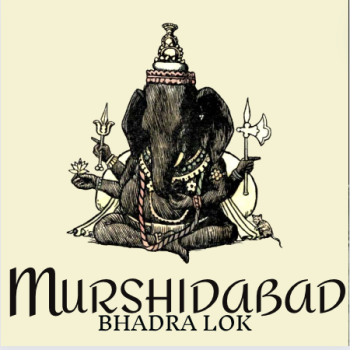 Meditation makes you more self-aware. That's one of its biggest gifts, even though we don't always like what we see. When meditation is really working, it has a way of showing you unknown parts of yourself—pockets of your psyche that are beautiful and sublime, but also parts of yourself that are not so tasty. In fact, there will be periods when your life seems to bristle with situations that seem designed to reveal your most embarrassing reactive patterns and unskillful ways of coping. And I'm not even talking about big crises, just about the normal irritations of life.
Meditation makes you more self-aware. That's one of its biggest gifts, even though we don't always like what we see. When meditation is really working, it has a way of showing you unknown parts of yourself—pockets of your psyche that are beautiful and sublime, but also parts of yourself that are not so tasty. In fact, there will be periods when your life seems to bristle with situations that seem designed to reveal your most embarrassing reactive patterns and unskillful ways of coping. And I'm not even talking about big crises, just about the normal irritations of life.
Maybe you get the flu, or your back goes out, and you realize how cranky you feel when you're physically uncomfortable. Maybe you notice the impatience in your voice when you talk to your teenager. Or, as happens regularly to a friend of mine, the moment of truth can come from a co-worker asking you pointedly if you would be acting so prickly if you'd meditated today.
The gift of meditation in these situations is that you have resources that can let you shift out of these patterns—sometimes right away.
That's why an experienced meditator knows that the moment when you see your own stuff is valuable, especially if you can resist the impulse to kick yourself across the room for not having it more together. Not only does it show you where you need to work on yourself, but your very awareness of an unconstructive mood or behavior is actually the first step to changing it. In other words, the awareness that allows you to recognize your state is also the source of the energy that can transform it.
Most of our more disturbing emotions or behaviors come from areas of the psyche where we have chosen to remain unconscious. In Hindi, the word for these unconscious, immature qualities is kacha, meaning "raw" or "unbaked." (In one of Rumi's poems, he compares the unripe soul to a chickpea that needs to be softened by cooking so that it will become a tasty morsel!) All of us are partly kacha, and it's our practice that cooks us, or if you prefer, ripens us.
But the kind of practice that transforms us is not a mechanical accumulation of rituals and focus exercises. It is practice with awareness and practice of awareness that actually changes the texture of our consciousness. Awareness itself, with its clarity, its impersonality, its spaciousness, and its capacity to hold everything within itself, is the fire that will cook or ripen our immature feelings and behaviors. Just holding these feelings non-judgmentally in Awareness—being their witness without either acting on them, trying to suppress them, or getting lost in our stories or beliefs about what is happening—is often enough to change their quality from raw to baked.
This principle holds true for any situation we face, whether internally or externally generated. Because our awareness is a small-scale version of the great Awareness that underlies all that is, when we direct attention non-judgmentally toward something that causes suffering either to ourselves or to others, we are actually bringing that state or mood or behavior into the light of the great Awareness itself.
Awareness not only illumines the dark corners of our psyches but can also transmute the strange energies and raw feelings that dwell there. Then the energy that has been tied up in them is freed to become available for more creative endeavors. We are spiritually ripe, baked, when all our knotted energies and feelings have been freed and re-channeled to manifest as wisdom, power, and love. How this happens is one of the mysteries of Consciousness. What we do know is that the act of turning Awareness toward our inner moods, states, and feelings is the great tactic for setting that alchemy in motion.
Inquire Within
The sages of Vedanta gave the name atma vichara, or self-inquiry, to this act of becoming aware of ourselves.
Vichara is not just thinking about something, nor is it the same as psychological self-analysis. It is a yogic practice or self-reflection in which we hold our attention on inner phenomena in a steady, focused fashion without going into meditation. There are two basic types of vichara. One is the contemplation we do to get in touch with our deeper wisdom, to open the space of revelation, to understand a spiritual teaching, or to touch our Self. The classical inner question "Who am I?" (taught by Ramana Maharshi and others) is an example of this type of vichara.
The other type of self-inquiry is contemplation of what blocks our experience of the Self. When we feel out of sorts, instead of giving way to the feelings or getting lost in the story we are telling ourselves about them, we focus our attention on the feelings themselves. We let ourselves fully experience the feelings. We notice the thoughts that accompany them. We observe the state of our energy, the sensations in our body. At times it can be helpful to trace a feeling back to its source, perhaps to discover the frustrated desire or fear or expectation that may have triggered it. But the most important thing is to keep noticing our inner feelings and the state of our energy until it becomes second nature to notice the symptoms of being off-center.





